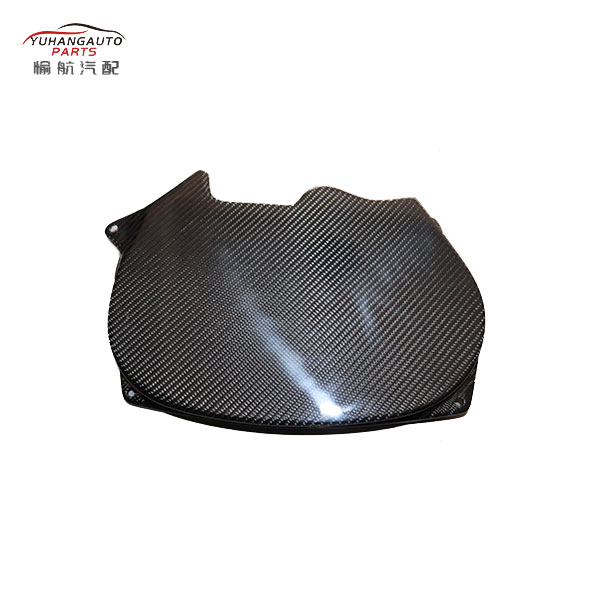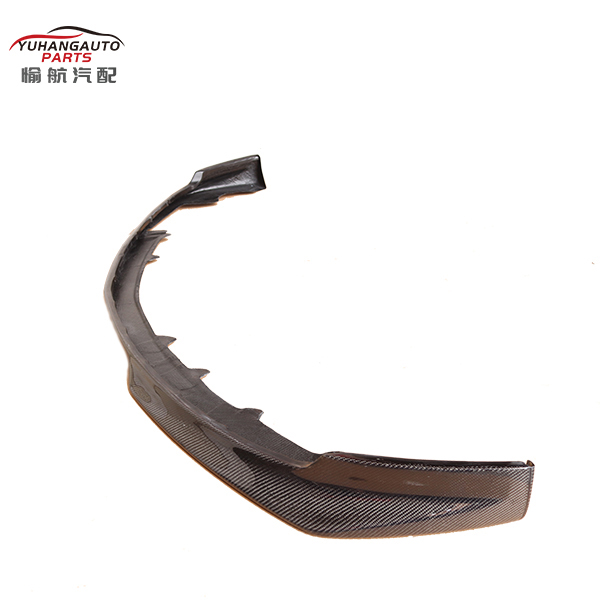Development of carbon fiber composites for automobile
Car lightweight is the core skill and important development direction of the car industry, which has become the development strategy of the national manufacturing industry. In "made in China 2025", car lightweight is mentioned many times, involving many aspects, such as lightweight information, optimization planning, vehicle lightweight skills and so on. In "energy saving and new energy car lightweight skills roadmap", car lightweight is also the strategic focus one of. Many ministries and commissions have also issued a number of skills standards, laws and regulations and R & D projects benefiting the car lightweight industry. The government's support provides opportunities for the development of car lightweight industry, which is conducive to the improvement of the core competitiveness of China's car lightweight industry.
Car Carbon Fiber Reinforced resin matrix composites (CFRP) has a series of advantages such as light weight, high strength, high fracture toughness, corrosion resistance, strong planning ability, easy forming, good damping function and so on. It can not only meet the planning requirements of component stiffness, strength and lightweight, but also has obvious advantages in vehicle safety. Now, CFRP has become the most popular and potential lightweight material in car industry after high strength steel, aluminum alloy, magnesium alloy, engineering plastics and glass fiber composite material (GFRP).

The tensile strength and tensile modulus of CFRP are affected by many factors, such as fiber type, dosage, morphology, lamination method and resin. The functional comparison between carbon fiber and other lightweight materials is shown in Table 1. Generally speaking, the tensile strength and modulus, especially the specific strength and modulus, are significantly improved compared with the metal data, which are the core functional advantages of CFRP. In the car industry, it has always been widely concerned by major car enterprises.
At first, because of high cost and long forming time, car carbon fiber was only used in sports cars and a few expensive models. With the development of skills, the price of raw materials has decreased, the manufacturing process has been optimized, and the forming cycle has been shortened. Moreover, the main engine plants are engaged in the development of carbon fiber body and parts. With the continuous research and use of carbon fiber in the car field, the cost of carbon fiber will further decline, and the high-strength and light-weight car carbon fiber reinforced parts will be more and more widely used. In recent years, with the rapid development of the electric car industry, because of the lightweight of the electric car, the electric car with the same number of batteries can travel farther, or the electric car with the same driving range can be equipped with fewer batteries, so the application prospect of car carbon fiber in the electric car is more extensive.
Carbon fiber reinforced composite parts

Because of its outstanding lightweight advantages, car carbon fiber reinforced composite materials are also widely used in wheel hub, brake system, transmission system, exterior and interior decoration and engine.
(1) carbon fiber hub: the models with carbon fiber hub are shown in Table 3. Car carbon fiber can greatly reduce the mass of the hub, and then help to reduce the moment of inertia. Because every 1kg reduction in unsprung mass is equivalent to 6kg reduction in unsprung mass, carbon fiber wheel hub can significantly improve the vehicle handling function. Together, the car's carbon fiber raw material is strong and tough, and the carbon fiber hub is conducive to the response of steering and the transmission of road feel.
(2) braking system: carbon fiber is widely used in braking system and transmission system. The carbon fiber brake disc has excellent high temperature resistance, can accept the temperature of 2500 ℃, and can ensure the stability of the function. The 918spider adopts the carbon fiber brake disc, which can reduce the speed from 300km / h to 50km / h within 50m. The carbon fiber transmission shaft can not only reduce the weight by more than 40%, but also has very good durability. The carbon fiber transmission shaft of Toyota 86 weighs only 5.53kg, Compared with the steel transmission shaft, the weight is reduced by 50%.
(3) around the engine: the car carbon fiber composite material as the car intake system information, on the one hand, can reduce the weight and achieve the role of lightweight; on the other hand, the car carbon fiber information is easy to be processed into various curved shapes, and the surface is relatively smooth, so the carbon fiber intake manifold can be used to improve the intake efficiency.
(4) transmission system: because the stress condition of the car transmission system is relatively complex, it has to accept a lot of torque. Because of its high specific strength, low specific modulus and anisotropy, car carbon fiber can well replace the transmission shaft of traditional metal materials. Moreover, the carbon fiber transmission shaft can reduce the weight by more than 50%, and has excellent fatigue and durability.






